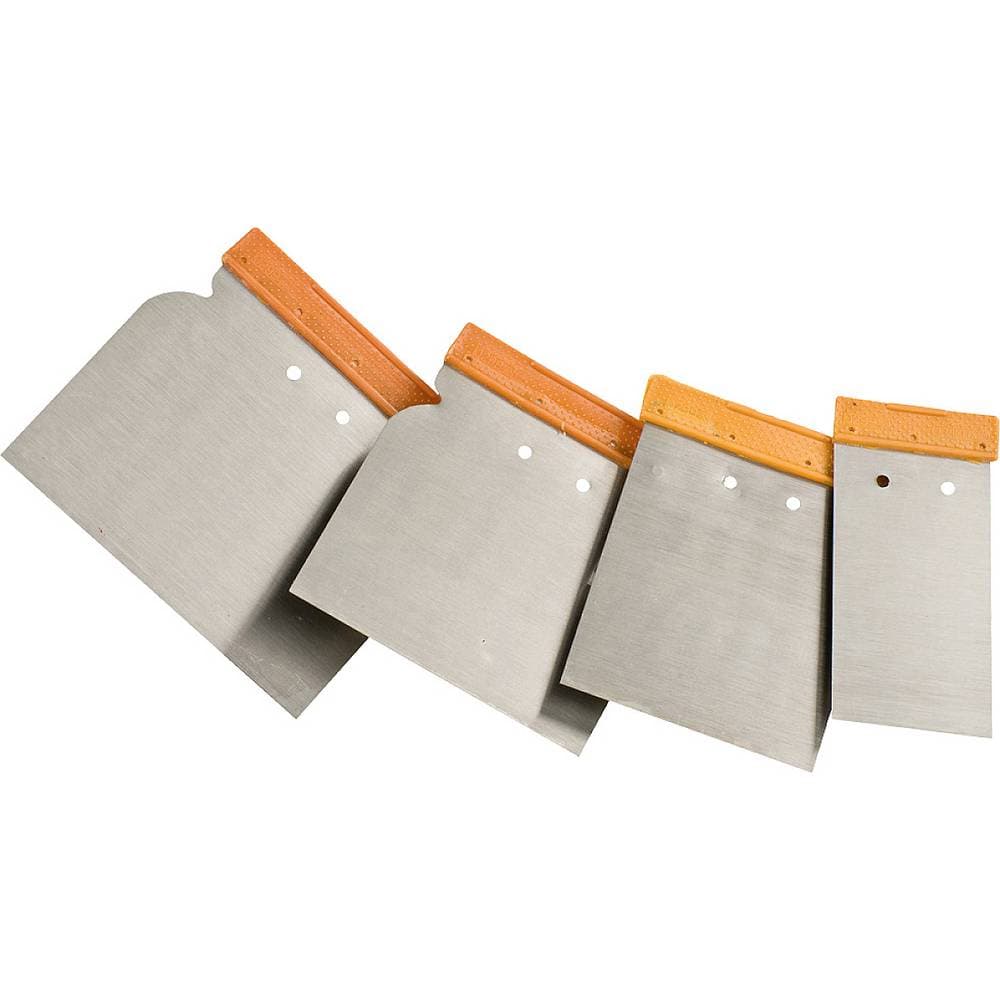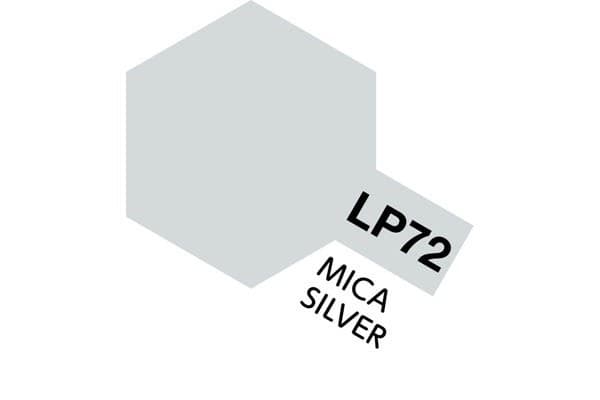This book is dedicated to one of the most versatile and fascinating naturally occurring substances: Phenomenon of Lecithin - Science, Technology and Applications . The outstanding and versatile properties of phospholipids have been examined and described time and again in recent decades by many scientists. An update to the scientific basis is now necessary on account of the growing importance of lecithin. The publishing team centred around Waldemar Buxmann, Head of Technical Department at Sternchemie in Hamburg, has succeeded in engaging 24 notable international scientists and experts from eight countries for the book. Lecithins are mixtures of polar lipids (phospholipids) and are natural components of the cell membrane of animal and plant organisms, where they perform essential functions. The amphiphilic structure of the phospholipids gives them their unique emulsifying and dispersing properties. Besides the widespread plant-derived lecithins from soya beans, sunflower and rapeseed, lecithins from animal sources such as eggs, milk and marine life are on the rise. Their wide-ranging uses in food, animal feed, dietary supplements, pharmaceuticals, cosmetics and in the technology industry are unique. The printed work has 550 pages and is a comprehensive and up-to-date reference book for chemists, biologists, technologists, pharmacists and purchasers of lecithin. It is the result of many years of work and has been constantly updated. In addition to the fascinating 170-year history of lecithin, the global production and processing quantities in a wide range of industries are also explored for the first time. The theoretical principles - the chemical, physiological and physical properties of phospholipids - form the basis for the understanding of the book. The practical section examines the origins, production, processing and modification of lecithin as well as quality control, which is a very important part of the production process. The subsequent descriptions of the numerous applications for lecithin make up the core of the book. The authors are confident that the deeper insight into this incomparable substance will inspire young scientists and chemists to conduct further intensive research into phospholipids.












